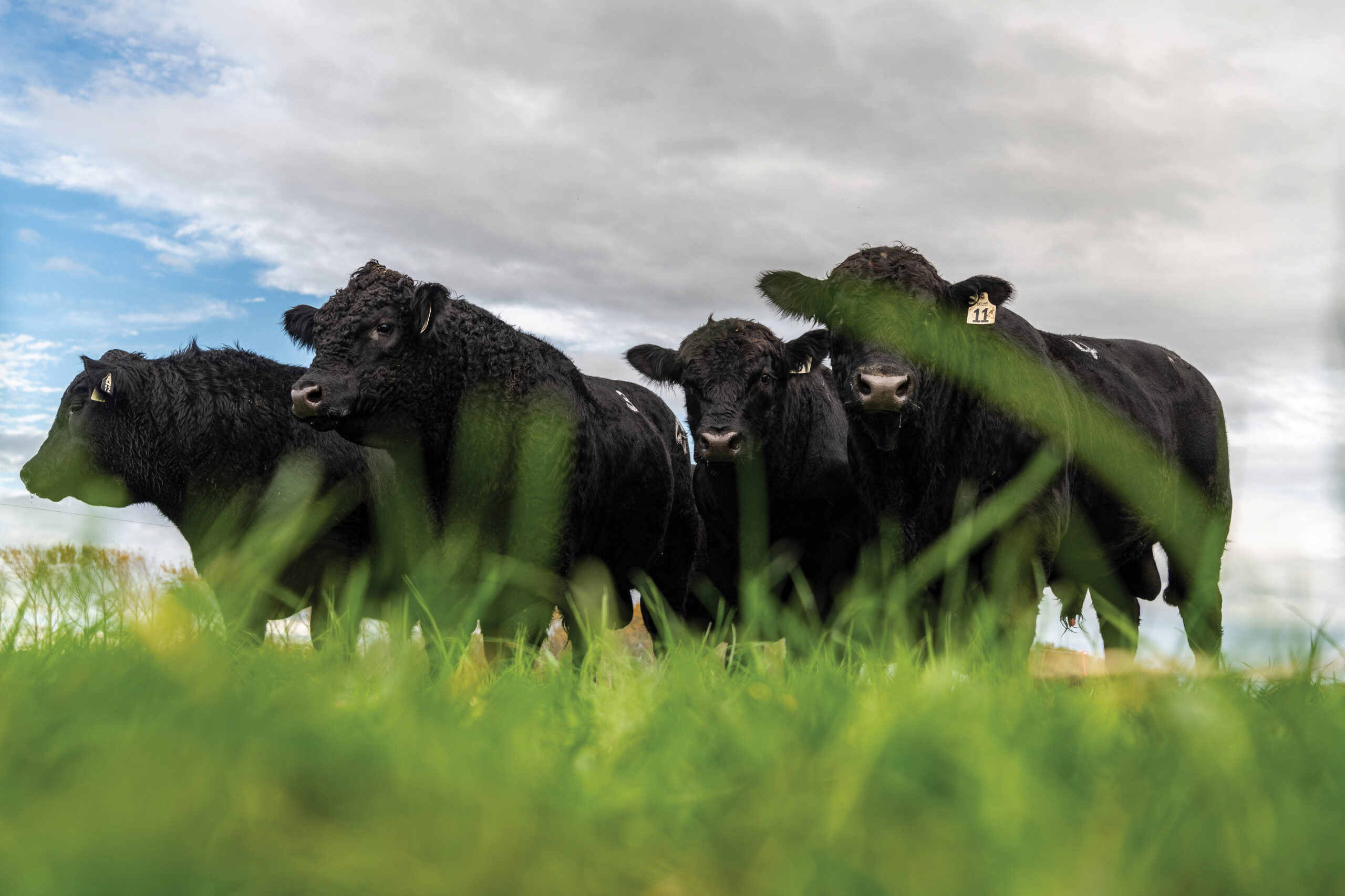
DATA
COLLECTION
FOR BETTER BALANCED BEEF
In addition to your grouping of animals on data entry forms, the computer automatically forms groups based on
- The herd prefix
- The calving year
- The sex of the calf
- Whether the calf is a twin or a single
- Whether the calf is naturally conceived or an embryo transplant
- The age of the dam
- The blood percentage or grade of the calf
Some unnecessary grouping of animals can be avoided by simply separating them according to the above. For example, if for management reasons you find it necessary to split your cowherd up after calving, you can avoid forming a new management group by sorting cows according to any of the following:
- The sex of calf they are rearing
- The age of the cow
- The grade of the calf
- Those rearing embryo transplant calves as opposed to those not.
The following strategies will help you to improve the quality of your EBVs:
- Keep groups as large as possible & try to avoid single-animal groups, as these provide no genetic information on the animals concerned.
- Try to avoid single-sire groups, for the same reason as above, but applicable to the sire. Don’t create unnecessary groups.
- Weigh animals before dividing into groups. For example, if you intend to castrate some of your male calves, delay castration until after the first weighing, then form another group (a steer management group).
- Weigh all calves within a group on the same day and on the same scales.
- Try to maintain strong pedigree links between groups.
- Collect information on as many animals as possible, including culls, steers and dead calves at birth.
- Use more than one sire in each management group, otherwise no useful genetic information will be generated on the sire. Remember that heifers up to 3.5 years are treated as a separate group to the older cows.
- Avoid changing all sires within the same year.
- Avoid running the same cows on the same area and breeding them to the same bulls each year.
- Keeping your calving compact will increase the number of calves in each calving (‘slice’) group.
- If cows within a herd receive different treatments during pregnancy, which are likely to affect the birthweight, gestation length or calving ease when the calf is born, the calves born to cows from these different treatments should be grouped separately on the calf entry sheets.
- If you believe cow management during pregnancy is likely to affect the weaning weight of their calves, then different groups need to be created on the 200-Day Weight forms. For example, the calf of a sick cow, who doesn’t milk very well as a result of her illness.
- Animals within a group receiving different treatment, which is likely to influence their performance, should be grouped separately. Some examples of this are:
Sickness gives some calves a permanent setback
Some animals are fed for a show or sale
Some animals are fed grain, others only grass
Animals reared in different paddocks in which feed is of different nutritional value.
A bull has been fighting and has clearly lost weight prior to being weighed.
Yearling bulls used as sires/not used as sires.
Calves weighed straight off the paddock, compared with those weighed three hours or more later.
Different stages of pregnancy for heifers. Try to weigh before joining.
- At a given age, do all the required performance measurements on the same day. For example, at the yearling age you may want measurements on weight, scrotal size, fat depth and eye muscle area.
- After joining, run cows in as large a mob as is practical, rotating them through paddocks, rather than keeping them in two or more mobs in separate paddocks.
- Use cull females with EBVs as recipient dams in your embryo transplant programme, in preference to those without EBVs.
- Overlap AI and natural mating dates.
Summary:
- There are a number of ways in which genetic progress can be made within a herd. Collecting good quality raw data is one of these.
- Raw data is often overlooked as being a source of good/poor quality EBVs.
- EBV queries, breeder frustration and loss of confidence in the system can often be traced back to the quality of the raw data submitted.
While the goal should be to collect ‘perfect’ raw data, this is rarely possible, nevertheless B+ grade data is better than C.
